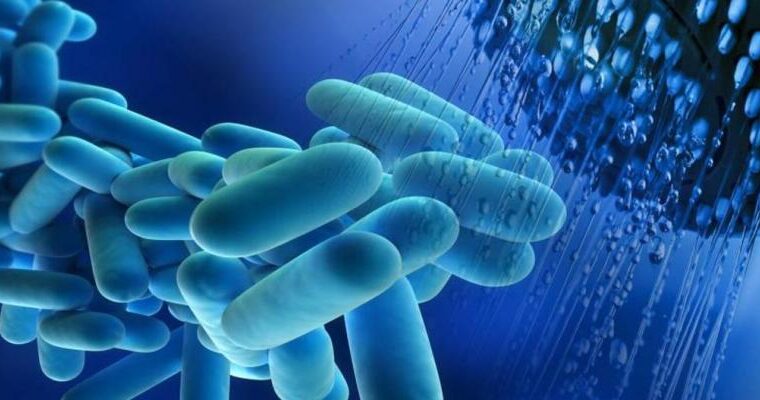What is legionella?
Legionella it's a aerobic bacterium which in nature proliferates in aquatic environments between 20 and 45 ° C.
Find its ideal environment in conditions of stagnation and in the presence of scale or sediments: the hot water production and distribution plants that include accumulation thermal are therefore its natural habitat.
This bacterium can cause seriousness lung infections, that come close to a rate of mortality variable between 10-15% in severe cases.
How to fight the proliferation of bacteria in domestic hot water storage?
- Thermal disinfection. The water is run through the system at a high temperature for a long period. This method is a total contradiction with the common sense rules for saving energy, without however being effective: it does not affect the biofilm, allowing the regeneration of the bacterium in a short time.
- Chemical disinfection.Usually using chlorine or derivatives; in order to be effective, however, it requires a massive dosage, which exceeds the water potability limit. At the same time, in certain types of pipes it can create corrosion. In any case, at the end of the disinfection it will be necessary to purify the entire system before restoring the water distribution.
- Ultraviolet irradiation. It is successfully applicable at specific points, but the flow of manageable water is small, with high costs.
- Ultrafiltrazione: it does not protect against contagion except some parts of the system (points of use) and involves a very frequent replacement of the filters.
How to fight the accumulation of bacteria: the solution is the BluCalor boiler
The solution Bluenergy solves the problem at the root, eliminating places of stagnation (boiler) in which legionella can proliferate.
BluCalor has a small 180-liter technical water reserve, where a finned copper exchanger is immersed inside which the sanitary water to be heated flows.
In addition to avoiding stagnation, Blucalor eliminates the possibility of proliferation thanks to the copper exchanger, material known to be able to avoid the formation of biofilm.
The result is a safe and cutting-edge system, easy to install, adaptable to any need and free of unnecessary bulk.





